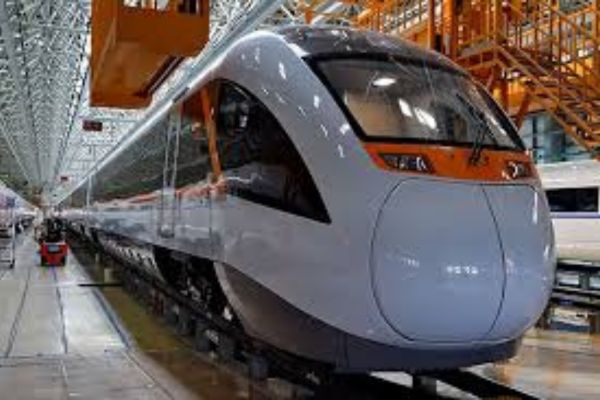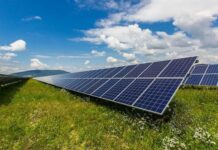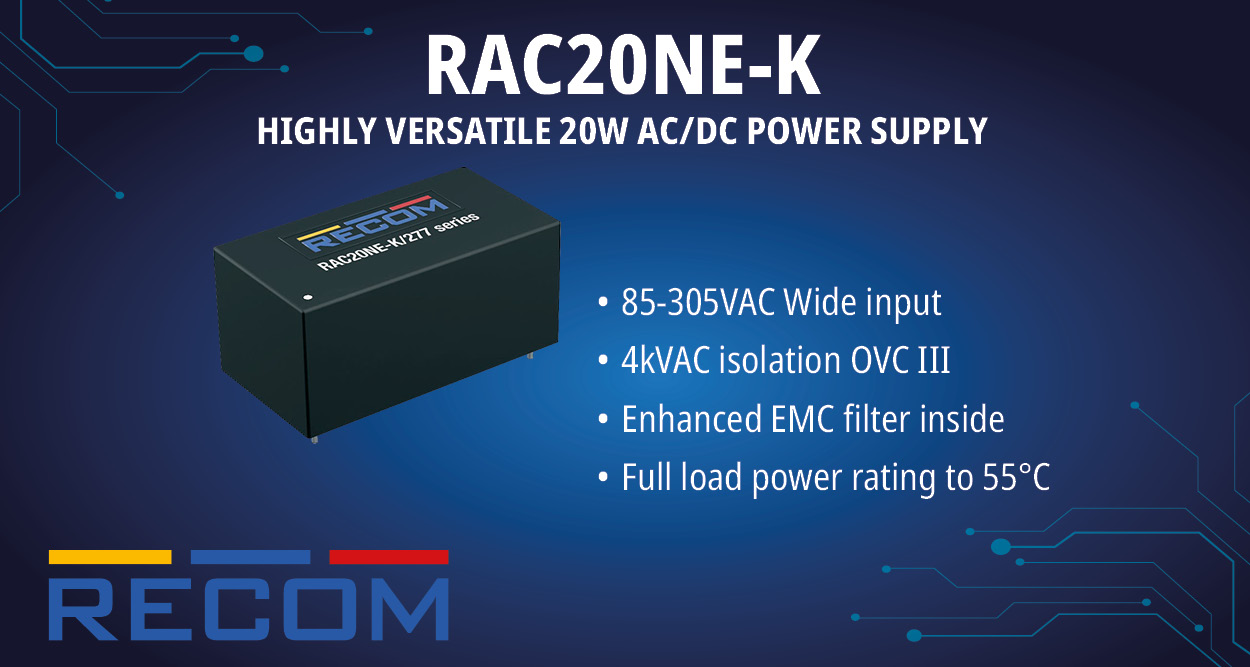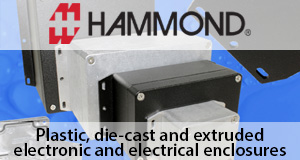The global hybrid train market size was valued at USD 22.14 billion in 2024 and is expected to reach around USD 43.30 billion by 2034, growing at a CAGR of 6.94% from 2025 to 2034. The Europe market size was accounted at USD 7.31 billion in 2024 and is expanding at a CAGR of 14.51% during the forecast period.
Hybrid Train Market Key Points
- In 2024, Europe led the hybrid train market with the highest share of 33%.
- The Asia Pacific region is projected to register the fastest CAGR during the forecast period.
- By propulsion type, the electro-diesel segment held the largest market share of 39% in 2024.
- The battery electric segment, by propulsion type, is expected to grow significantly from 2025 to 2034.
- Trains with speeds above 200 km/h dominated the market by speed in 2024.
- The 100–200 km/h speed segment is forecasted to expand rapidly in the coming years.
- The passenger segment led the market by application in 2024.
- The freight segment, by application, is expected to experience strong growth throughout the forecast period.
How Is AI Revolutionizing the Hybrid Train Market?
Artificial Intelligence (AI) is playing a transformative role in the hybrid train market by enhancing energy efficiency, operational performance, and safety. AI-powered systems optimize energy usage by intelligently managing the switch between diesel and electric power based on real-time factors such as speed, terrain, and load. Additionally, AI enables predictive maintenance by monitoring component health through sensor data, reducing downtime and extending the lifespan of train systems.
Beyond operations, AI improves route planning, scheduling, and passenger services. It helps operators optimize train routes and schedules by analysing traffic patterns, weather, and passenger demand. AI also supports emissions monitoring and compliance, contributing to greener transportation. Furthermore, AI-driven insights enable smarter inventory and supply chain management, while enhancing the overall passenger experience through personalized services and real-time updates.
What is a Hybrid Train?
A hybrid train is a type of rail vehicle that uses more than one power source, typically combining a diesel engine with an electric battery or other energy storage system. This dual-power configuration allows the train to switch between energy sources depending on operational needs, improving efficiency, reducing emissions, and offering greater flexibility on non-electrified tracks.
The hybrid train market is growing rapidly, driven by the global demand for sustainable and energy-efficient transport. Stricter emission norms and environmental concerns are accelerating the shift from traditional diesel to hybrid trains. Technological advancements like regenerative braking and improved energy storage have boosted their efficiency.
Government incentives and green policies, especially in Asia Pacific, are further supporting market expansion. Growing railway infrastructure is aiding this growth, though limited infrastructure in some regions remains a key challenge.
Key Features of Hybrid Trains:
Dual Propulsion System: Most hybrid trains operate using both diesel and electric power, with some models also using hydrogen fuel cells or solar energy.
Fuel Efficiency: By optimizing the use of diesel and electric power, hybrid trains consume less fuel compared to traditional diesel-only trains.
Lower Emissions: Hybrid trains emit fewer greenhouse gases, supporting global efforts toward cleaner, sustainable transportation.
Energy Recovery: Many hybrid systems utilize regenerative braking, capturing and storing energy during braking for later use.
Operational Flexibility: They can operate on both electrified and non-electrified routes, reducing the need for full track electrification.
Applications:
Hybrid trains are used in passenger transportation, commuter rail, and increasingly in freight operations. They are especially valuable in regions with partially electrified railway networks, helping bridge the gap between sustainability goals and infrastructure limitations.
Regional Outlook of Hybrid Train Market
Europe
Europe dominated the hybrid train market in 2024, holding the largest share. This growth is attributed to the region’s strong focus on environmentally friendly transportation and advanced rail systems. The European Union’s strict regulations to reduce carbon emissions in rail transport are driving the adoption of hybrid trains.
The Europe hybrid train market was valued at USD 7.31 billion in 2024 and is projected to reach around USD 14.51 billion by 2034, growing at a CAGR of 7.10% from 2025 to 2034.
Asia Pacific
Asia Pacific is expected to expand at the highest CAGR during the forecast period. This growth is due to rising investments in rail modernization and increasing demand for public transportation driven by a growing population and rapid urbanization.
Governments in the region are imposing stringent regulations to reduce carbon emissions in the transportation sector, further boosting the demand for hybrid trains. Government initiatives supporting clean energy and infrastructure development will position the region at the forefront of adopting hybrid trains.
North America
North America is observed to grow at a considerable rate, driven by an increasing interest in environmentally friendly rail options and modernization of aging infrastructure. The rising focus on expanding regional connectivity, reducing emissions, and improving fuel efficiency supports market growth. Public-private partnerships, pilot projects, and strategic research investments are facilitating the wider adoption of hybrid technologies.
The growing need for environmentally friendly public transit systems, especially in urban and intercity corridors, is also contributing to market growth. National infrastructure plans financing railway modernization and regulatory support for clean mobility further aid the adoption of hybrid trains.
Segmental Analysis of Hybrid Train Market
Propulsion Type Insights
In 2024, the electro-diesel segment dominated the hybrid train market due to its ability to run on both non-electrified and electrified routes. This dual-power capability is especially useful in areas with partial electrification, ensuring continuous service across varying infrastructure.
The battery electric segment is expected to witness significant growth, driven by technological advances, a focus on sustainability, zero-emission operations, reduced maintenance needs, and optimized energy density.
Speed Insights
The above 200 km/h segment led the hybrid train market in 2024, driven by the increased need for high-speed transit networks that enhance intercity connectivity and reduce travel time.
The 100-200 Km/h segment is expected to grow rapidly, offering a balance between infrastructure flexibility, cost-effectiveness, and speed, making it suitable for regional and suburban transit.
Application Insights
The passenger segment led the hybrid train market in 2024, supported by the increasing need for sustainable, comfortable, and effective public transportation.
The freight segment is anticipated to expand significantly, driven by the rising requirements for dependable, affordable, and energy-efficient logistics solutions as industries seek to cut their carbon footprint and reduce reliance on road transportation.
Hybrid Train Market Companies
CRRC Corporation Limited
CRRC is a major force in the hybrid train sector, specializing in the research, design, manufacturing, and sale of transportation vehicles. The company plays a pivotal role in transforming global railway transportation, particularly in China, but is also expanding internationally. CRRC’s product range includes high-powered electric locomotives, high-speed multiple units (MUs), transit vehicles, passenger carriages, and heavy-haul freight trains, catering to both domestic and overseas markets.
Alstom SA
Alstom is at the forefront of hybrid train innovation in Europe. The company has led projects such as the hybridization of the Régiolis trainset in France and has successfully tested hybrid electric-diesel-battery trains on several French routes. Alstom’s efforts are focused on providing sustainable passenger transportation solutions and supporting the shift toward greener rail mobility in Europe.
Siemens AG
Siemens AG is globally recognized for its contributions to hybrid and sustainable rail technologies. Siemens develops advanced hybrid propulsion systems and collaborates on international rail modernization projects, supporting the adoption of energy-efficient and low-emission rail vehicles.
Hitachi Rail STS
Hitachi is a pioneer in hybrid train technology, having developed and deployed the world’s first hybrid trains in the UK and Japan. Its hybrid traction system uses a blend of diesel generators and lithium-ion batteries, managed by an advanced energy management system. This technology reduces fuel consumption by up to 20% and harmful emissions by 50%, while also lowering engine maintenance costs. Hitachi continues to innovate with developments in fuel cell and battery-assisted hybrid trains, aiming for zero-carbon solutions.
Wabtec Corporation
Wabtec has introduced hybrid battery-diesel work locomotives, recently approved for use in the New York subway system’s maintenance operations. These locomotives are designed to minimize emissions, especially in tunnels, and replace aging diesel-only fleets. Wabtec’s hybrids feature ruggedized battery packs and have undergone rigorous safety and performance testing, supporting cleaner and more efficient subway maintenance activities.
Construcciones y Auxiliar de Ferrocarriles (CAF)
Although not detailed in the provided sources, CAF is known for its work in the hybrid and electric train market, developing vehicles that integrate various hybrid propulsion systems and contributing to sustainable rail solutions in Europe and beyond.
Hyundai Rotem Company
Hyundai Rotem is recognized for its broad portfolio, including high-speed, light rail, and diesel trains. The company is developing hybrid low-floor trams that do not require overhead power cables and is working on hydrogen-powered trains to compete in the eco-friendly market. Hyundai Rotem’s innovations support both domestic and international rail modernization and sustainability initiatives.
Talgo
Talgo is actively involved in European research and innovation programs, focusing on digitalization and sustainability. The company collaborates on large-scale projects to achieve zero carbon emissions and enhance safety, developing new technologies for rail network management, passenger mobility, and the shift toward autonomous and green rail systems.
The Kinki Sharyo Co., Ltd.
Kinki Sharyo is known for its expertise in manufacturing hybrid and electric rolling stock, particularly for urban and light rail systems, supporting the global transition to sustainable rail transport.
Source: https://www.precedenceresearch.com/hybrid-train-market
















